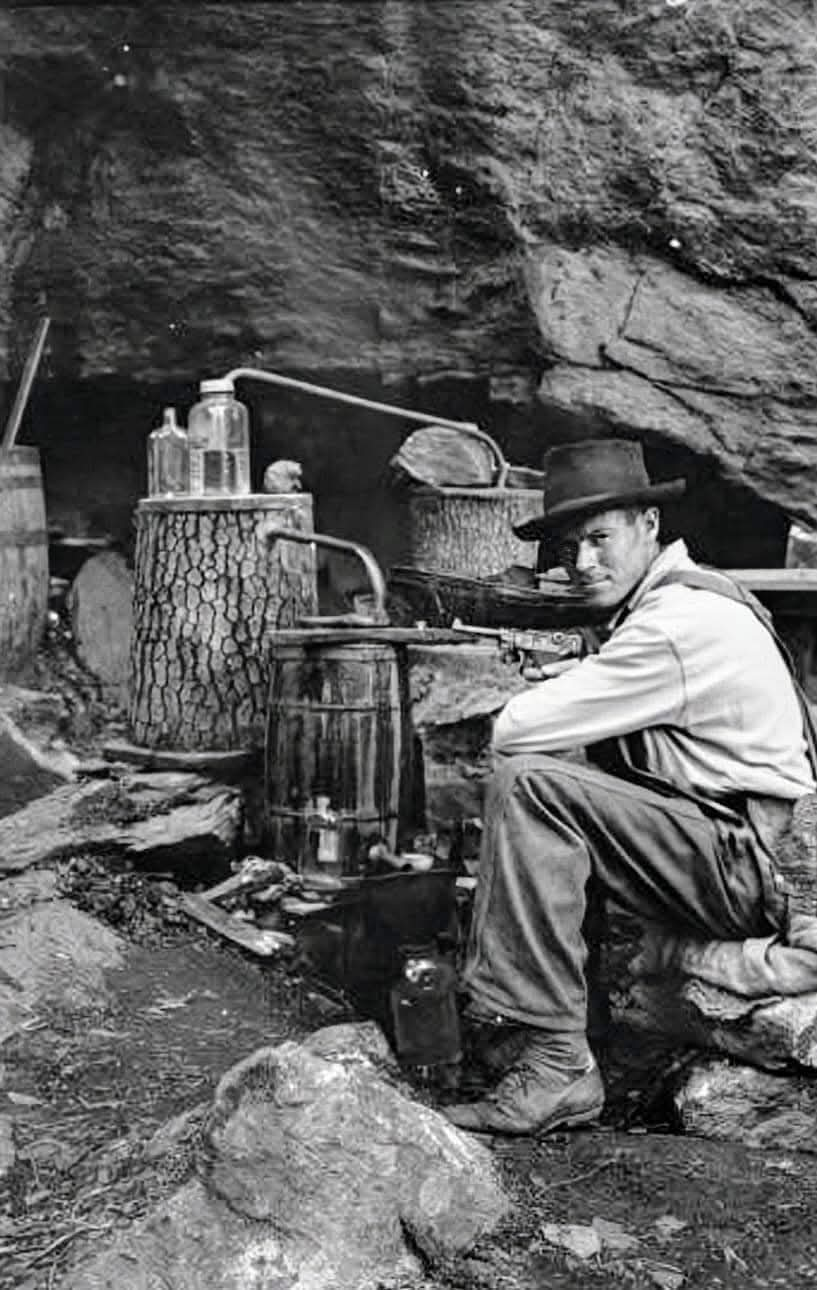In 1933, Buncombe County, located in the Blue Ridge Mountains of North Carolina, was a region defined by both its breathtaking natural beauty and the hardships of the Great Depression. The area, known for its steep hills, dense forests, and winding rivers, was home to families who relied heavily on farming, livestock, and hunting for survival. With the economic downturn, many local residents found themselves struggling to make ends meet. The rugged isolation of the county, however, provided fertile ground for a thriving underground economy: the production of moonshine.Moonshining became a prevalent and secretive trade in the region during the 1930s. Faced with limited economic opportunities, many mountain families turned to making homemade whiskey, which could be sold for much-needed cash. Utilizing the remote and often inaccessible areas of the county, moonshiners crafted elaborate stills out of repurposed materials like car radiators and copper piping. These makeshift distilleries were typically hidden in dense forests or along creeks, where the steep terrain made it difficult for law enforcement to locate and shut them down. The craft of moonshine production became a skill passed down through generations, with families guarding their recipes and methods closely.The legacy of moonshining in Buncombe County is preserved in part through the photographic work of Frank M. Hohenberger, whose collection at Indiana University offers rare insight into the lives of Appalachian families during this period. His images capture both the daily struggles of mountain life and the ingenuity involved in the moonshine trade. Despite its illegality, the practice was viewed by many as a necessary means of survival and a symbol of Appalachian self-sufficiency. Today, the history of moonshining in Buncombe County is celebrated as a significant part of the region’s cultural heritage, reflecting the resilience and resourcefulness of its people during one of the most challenging eras in American history
